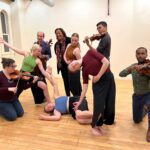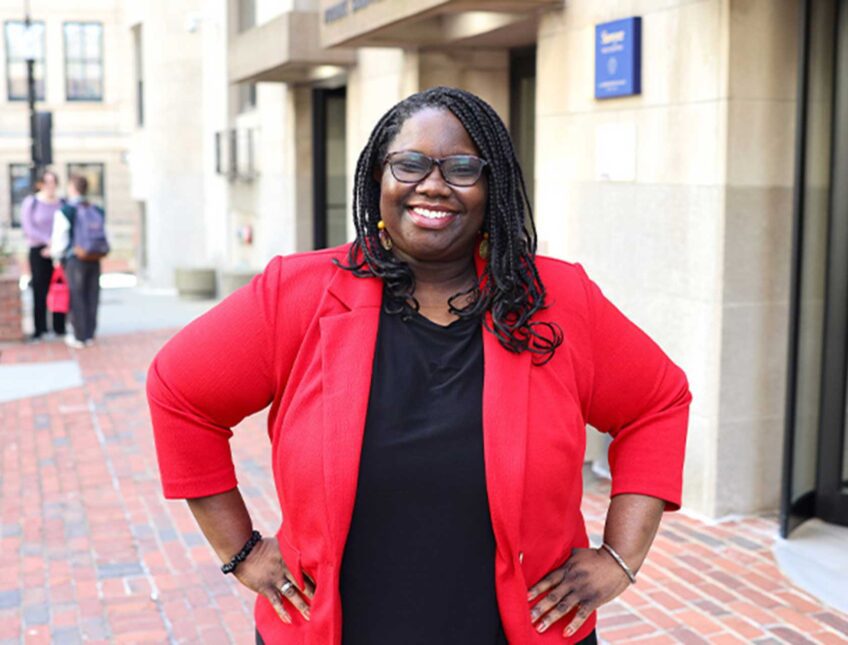
With your support, in the coming weeks we will achieve meaningful education reforms that will benefit an entire generation of students and the broader community. Today I am asking for your help so we can move forward together.
For nearly 25 years we have split the city into three sprawling student assignment zones — North, East and West. Families today are faced with a bewildering set of options with no assurance they’ll get what they asked for.
Our schools are better than ever and we do our best to match families with their choices, but too often, children are sent to schools far from home because we couldn’t give them what they wanted. Many families avoid the process altogether.
The Boston Public Schools, working with the community, has come up with a new approach to student assignment — one that emphasizes quality choices, predictability for families and great schools that are closer to home.
The External Advisory Committee on School Choice (EAC), which I appointed nearly a year ago, has done incredible work to ensure broad and thoughtful community input, focus on a smart and honest look at school quality and create a transparent process that has generated lots of great ideas from the community.
The EAC is now updating the public on the “best of the best” models it received this week. These models are based on the input of more than 4,000 voices at more than 50 community meetings in the last year, including experts from MIT, Harvard, Boston College and other institutions who have joined the effort.
One option would create 10 community-based zones, designed to offer a balance of quality choices no matter where a child lives. This approach would give families lots of options while giving them confidence that their choices were all familiar ones.
The other options are based on an address-based system with no zones, which tailors school choices for each individual student — ensuring every child has high quality choices on his or her list, including schools that are close to home and others that are a little further away.
All of these options are more fair and more predictable than what we have today. Families would still have choices — but they would also be empowered to learn more about their school options years in advance, enabling them to get involved, meet the principal and teachers and “go deep” with the school community before deciding which ones to pick.
The options would also help us build stronger communities. For too long, we have relied on our vast three-zone system to adjust for changes in population. These sprawling zones also allowed us to place programs that served students with specific types of disabilities or English Language Learners in buildings often far from where these students actually live.
We are ready to put these days behind us. Our schools should respond to what children need, and that’s what these proposals would do.
Ultimately, of course, this is a conversation about quality — and the urgent need to make every public school a great choice. When I took office, just one in four high school students earned a passing grade on statewide mathematics tests.
Today, thanks to the hard work of teachers, students and families, 86 percent pass on their first attempt. Perhaps most encouraging, 94 percent of today’s parents told us in a survey this spring that their school is a great place for their child to learn.
Superintendent Carol R. Johnson and the Boston School Committee have doubled the number of students participating in summer learning programs, trained thousands of teachers to help students learn English, added weekly arts and music for 14,000 students, and created new tools for students to give feedback to their own teachers.
Not a single change came easily. We fought hard for each and every reform and there were always voices that asked us to do less or slow down. Over the last year I have watched as an extraordinary public process has played out — and our students stand to benefit greatly from this shared effort.
Today, I am asking for your support as we take yet another important step our children deserve.
Thomas M. Menino is Mayor of the City of Boston.
The External Advisory Committee on School Choice invites the community to an update on Monday, Feb. 4 at 6 p.m. at Orchard Gardens K-8 School, 906 Albany St., Roxbury. BPS will present the latest options and the EAC will invite public comment. To learn more and to get involved, visit bostonschoolchoice.org.

![Banner [Virtual] Art Gallery](https://baystatebanner.com/wp-content/uploads/2024/04/NJ-H_1-150x150.jpg)




